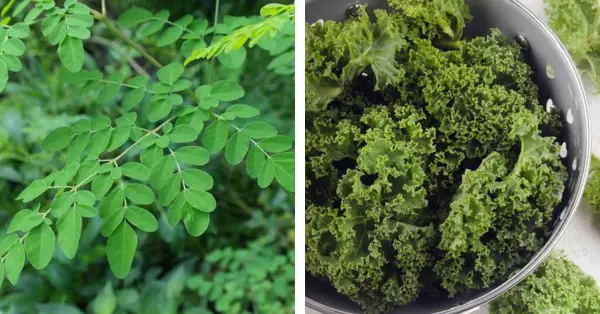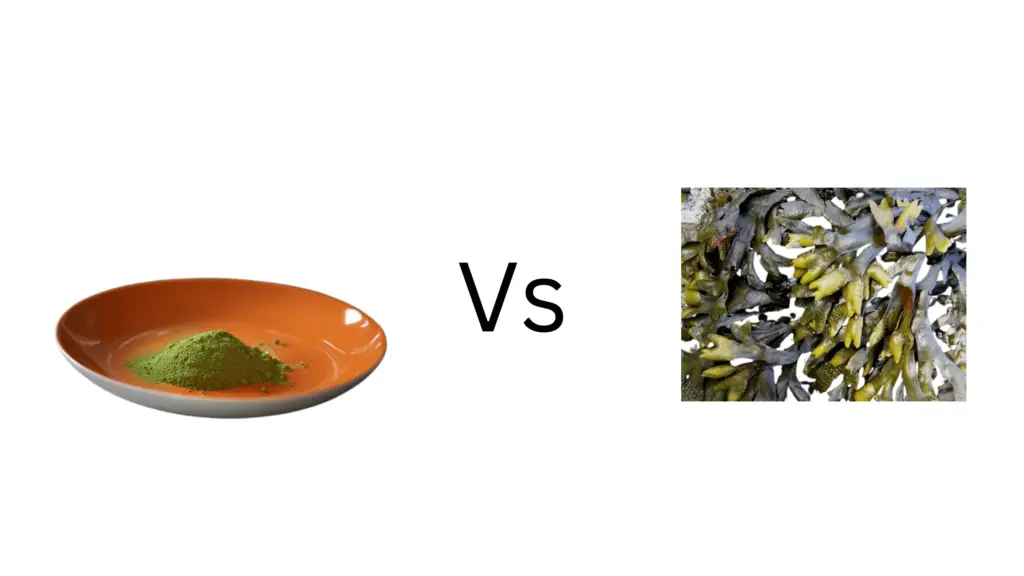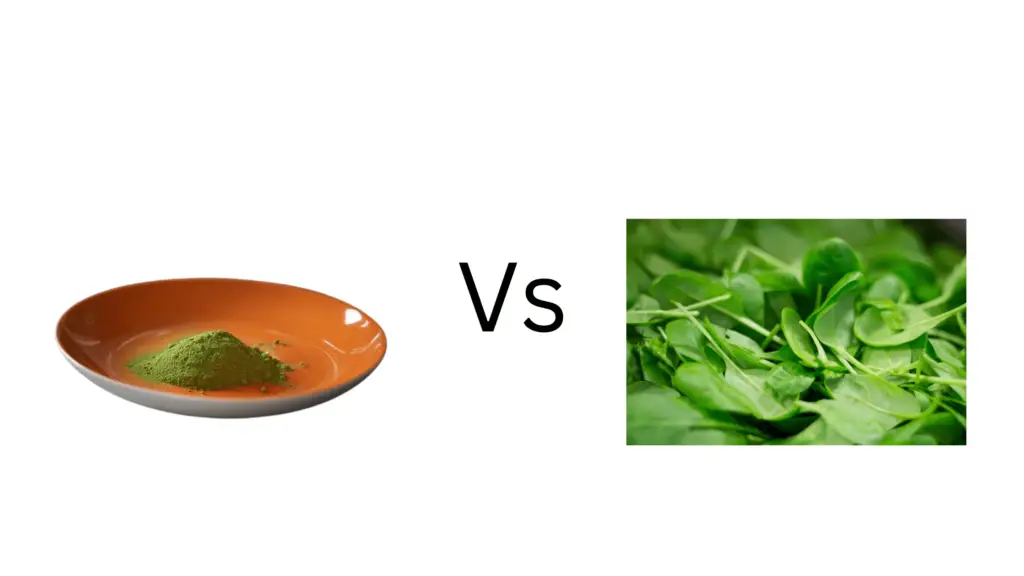Looking vividly at moringa and kale, you will find many similarities between these two greens. Both leafy green vegetables had been around for a very long time and can be found predominantly across the world.
The duo botanically belongs to the order group of ‘Brassicales’, and are both nutrient dense having large amount of nutrients contained in them.
Kale generally represents the most popular green of the two; with moringa also emerging powerfully from times past, with both leafy green vegetables working out their way into the mouths and hearts of many individuals.
However as a matter of choice making, these two powerful greens will be reviewed in this article and you will be getting adequate insights on them as we compare them one on one with each other.
Moringa vs Kale: Botany
“Moringa oleifera” represents the scientific name been used to describe this deciduous tree that belongs to the “Moringaceae” family, been characterized by sparse foliage. The Moringa oleifera tree can grow very rapidly in several kinds of environments, and can grow up to 8 m in height.
The tree bole is crook, and usually forks at a point very close to the base. The moringa tree has flowers, roots, seeds, and most especially leaves that are alternate, pinnated (with 4 to 6 leaflets that are dark green and are about 1-2 cm in length).
On the other hand, “Brassica oleracea” represents the classification name been used to describe the kale plant belonging to the “Brassicaceae” family. Kale plant which is also otherwise known as leaf cabbage is a loose-leafed edible plant that has leaves that are elongated having several colors like red, green, purple, violent-brown as dependent on the varieties.
These varieties can be identified with respect to the length of the stem, in line with the variety of leaf types. More so, kale’s central leaves dont form a head, and in very lengthy growing periods, kale’s main stem can attain a 60 cm height or more.
Moringa vs Kale: Nutrients
The report on this nutritional evaluation was done on the basis of 100 grams of raw or fresh moringa and kale leaves.
Report shows that both moringa and kale are quite similar in regards to what they contain; but according to report moringa had more Protein, Calcium, Iron, Vitamin B6, Niacin, Riboflavin, Thiamin contents than kale. Kale on the other hand also got the nod, bettering off moringa in nutrients like Fiber, Potassium, Vitamin A, Vitamin C, Folate, and Magnesium.
Read also: Guava Vs Banana
Moringa vs Kale: Benefits
Both greens have a lot of benefits to offer; as they contain powerful antioxidant, anti-microbial, anti-cancerous and anti-inflammatory properties.
They both ameliorate bone health, hair and skin health, digestive health system, cardiovascular health system, reduce high blood sugar levels, and encourage weight loss; among many others.
Moringa vs Kale: Economic Importance
The economic importance of moringa is vast; and aside from the fact that moringa has been a great accomplice in the battle against malnutrition across the world; the moringa oil has also been making huge impacts.
The oil has been useful in the cosmetic industry as a vital ingredient in the production of several skin care products and fragrance. The oil has also been figure out to potentially be useful in biofuel production.
The economic importance of kale carries deep influence especially in the culinary industry in such a way that it created for itself the tag “a kale economy “.
Report has it that demands for kale across the world had spontaneously grown especially among the Americans, representing a big economic upturn for many of its farmers and distributors. The plant had become an important crop for the agriculture-based economy.
Read also: Moringa vs Spirulina
Which is better Kale or Moringa?
Kale and moringa are outstanding sources of most of the essential nutrients; however, on gram to gram comparison basis of both in raw forms, moringa contained twice the Protein found in kale.
Also, moringa contained close to thrice Iron, at least twice of most of the amounts of B-vitamins, and better off kale in other very essential nutrients like Calcium.
Kale also comes very close in this evaluation bettering off moringa in essential nutrients like fiber, vitamins A and C; yet moringa is better overall.
What is better than moringa?
There isn’t a single vegetable that is universally “better” than moringa. Different vegetables offer unique nutritional profiles, so the best choice depends on individual health needs and preferences.
Which is healthier: moringa or spinach?
Both moringa and spinach are highly nutritious, but they offer different benefits. Moringa is rich in antioxidants, vitamins, and minerals, while spinach is particularly high in iron, vitamin K, and folate. The choice between them depends on specific nutritional needs.
Read also: Moringa vs Ashwagandha
Is moringa the healthiest vegetable?
While moringa is incredibly nutritious, it’s difficult to label any one vegetable as the absolute healthiest. Many vegetables offer various health benefits, so a diverse diet including a variety of vegetables is ideal for overall health.
What are the disadvantages of moringa?
While moringa has numerous health benefits, there are a few potential disadvantages to consider. Consuming large amounts of moringa supplements may cause digestive issues for some individuals.
Additionally, certain parts of the moringa plant, such as the roots and seeds, contain compounds that can be toxic in high doses. As with any supplement or food, moderation is key.
Conclusion
In a general sense, moringa and kale represents part of the utmost superfoods found around the world, but moringa’s greater values of Protein, Iron, Calcium in conjunction with those of the essential B-vitamins outran Kale’s dominance, thereby making the moringa powder a better option than the crunchy kale leaves.
Reference
- Chodur GM, Olson ME, Wade KL, Stephenson KK, Nouman W, Garima, Fahey JW. Wild and domesticated Moringa oleifera differ in taste, glucosinolate composition, and antioxidant potential, but not myrosinase activity or protein content. Sci Rep. 2018 May 22;8(1):7995. PMID: 29789671; PMCID: PMC5964143. Retrieved from here.
- Arshad Abdulkhalq Yaseen, Ágota Kovácsné Madar, Đorđe Vojnović, Mária Takács-Hájos, “Examining the Optimal Amount of Moringa Leaf Extract to Improve the Morphological and Inner Quality of Cabbage (Brassica oleracea var. capitata)”, Journal of Food Quality, vol. 2023, Article ID 3210253, 9 pages, 2023. Retrieved from Here.



